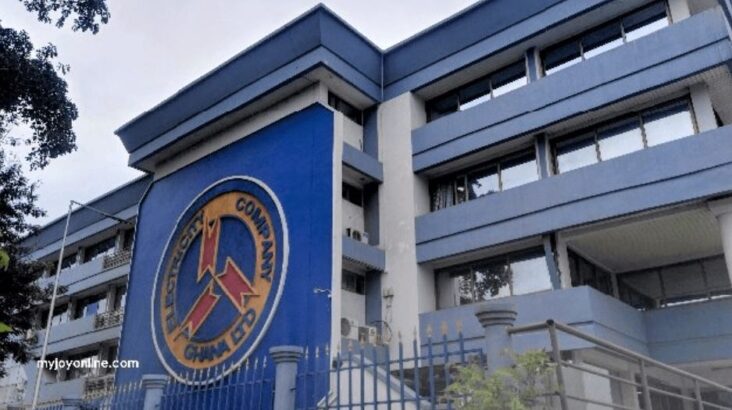The Public Utilities Regulatory Commission (PURC) has served notice that the Electricity Company of Ghana (ECG) may be on the verge of bankruptcy due to severe financial difficulties.
In a letter addressed to the Presidency, the Energy and Finance Ministers, and other key stakeholders, PURC’s Executive Secretary, Dr Ismael Ackah, highlighted the crisis that is also impacting the operations of the Volta River Authority (VRA), Ghana Grid Company (GRIDCo), and the Bui Power Authority.
According to Dr Ackah, these challenges have led to delays in salary payments and difficulties in covering administrative costs, underscoring the urgency for immediate action.
Despite efforts to improve cash collection through digital and metering programmes and significant tariff increases of over 75% since September 2022, ECG’s financial instability persists.
Financial Crisis at ECG
The letter from PURC notes that for June and July 2024, ECG declared revenues of GHS 884.2 million and GHS 857 million, respectively, which were insufficient to cover the monthly $47 million Tier A plus WAPCo’s bill under the Cash Waterfall Mechanism.
The situation worsened in August 2024, with ECG’s revenue falling below GHS 800 million, representing about 42% of the expected revenue needed to pay sector players.
A report from PURC on ECG’s compliance with the Cash Waterfall Mechanism also indicated about GHS 860 million shortfall in payment to Independent power producers.
This shortfall has left Tier B companies, including Ghana Gas, VRA, GRIDCo, ECG, Bui, and the regulators, struggling to meet staff and administrative costs. Dr Ackah emphasized that these challenges necessitate deeper introspection and structural changes beyond tariff adjustments.
Comparative Solutions from the Sub-Region
PURC’s letter also highlights successful interventions from other countries facing similar challenges. Notable examples include:
- Kenya Power and Lighting Company: Listed approximately 50% of its equity on the stock exchange, raising non-tariff funding for critical investments.
- Tanzania Electric Supply Company Limited (TANESCO): The Tanzanian government converted a government on-lend loan of 2.4 trillion Tanzanian shillings into equity. Since 2022, TANESCO has consistently declared profits, reducing both technical and non-technical losses to around 9% as of June 2024.
- Uganda’s Umeme Concession: Involved the private sector in metering, billing, and collection services, resulting in a collection rate of 98.7%.
Recommendations for Structural Reforms
In light of these examples, PURC suggests that similar innovative measures could be beneficial for ECG. However, any such interventions must be paired with strict performance indicators, including:
- Drastic reductions in technical and commercial losses;
- Enhanced fiscal discipline and directives for ECG to avoid non-core activities;
- A reassessment of power purchase agreements and an exchange rate regime that lessens the burden on consumers;
- Independent economic and technical audits of ECG to assess its true technical and financial position.
- Fuel payments are affecting ECG’s financial health and sustainability.
PURC recommends that the Ministry of Energy, in collaboration with ECG, the State Interests and Governance Authority (SIGA), the Ministry of Finance, the Ministry of Public Enterprises, and other key stakeholders, engage in a comprehensive examination of the root causes of ECG’s financial difficulties. This exercise should aim to transform ECG and safeguard the energy sector.
The Commission also calls for ECG to be transparent on key issues such as revenue collection versus Cash Waterfall Mechanism (CWM) declarations, major contracts, monthly commitments, commercial and technical losses, and non-core activities that impede financial sustainability.
The Commission stresses that privatization should be considered as a viable option to ensure the long-term financial sustainability of ECG and the stability of Ghana’s energy sector.


